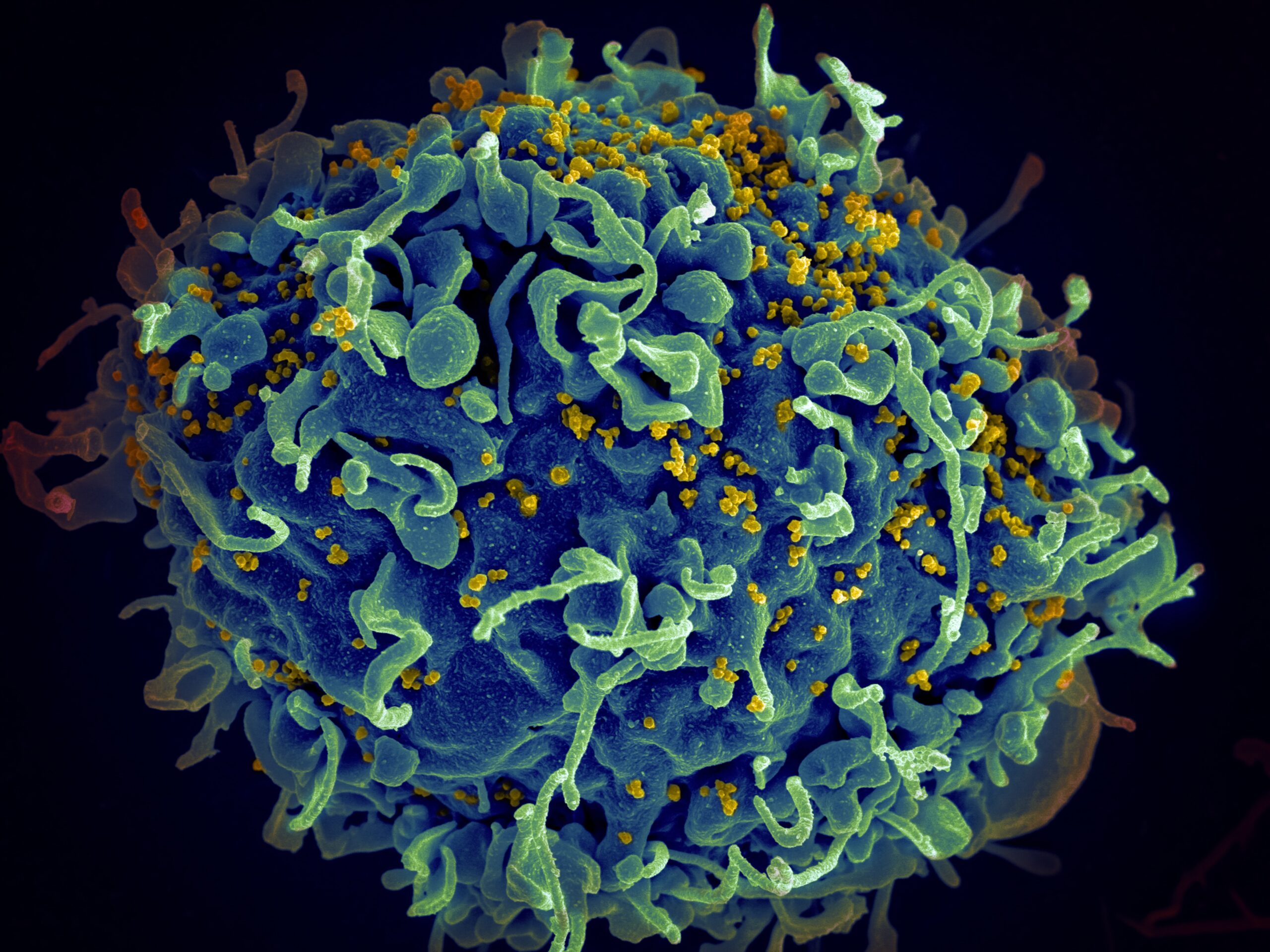Last Updated on December 29, 2023 by admin
Introduction
Living with HIV can be a challenging journey, but understanding key aspects of the virus can help you navigate it more confidently. One crucial aspect to monitor is your CD4 count, which plays a vital role in assessing the progression of HIV and determining the appropriate treatment plan. In this article, we will dive into the details of CD4 count, its significance, and what you need to know about it.
What is CD4 Count?
CD4 count refers to the number of CD4 cells, also known as CD4 T cells, in a sample of blood. These cells are a type of white blood cell that plays a crucial role in supporting the immune system. They are responsible for coordinating the body’s response to infections and diseases.
The Importance of CD4 Count in HIV
For individuals living with HIV, monitoring CD4 count is essential as it provides valuable insights into the health of the immune system and the progression of the virus. A declining CD4 count indicates a weakening immune system, making the body more susceptible to opportunistic infections and other complications.
Normal CD4 Count
The normal CD4 count in a healthy individual typically ranges from 500 to 1,500 cells per cubic millimeter of blood. However, this range can vary depending on factors such as age, sex, and overall health. It is important to note that a single CD4 count measurement may not provide a complete picture of an individual’s immune health. Trends and patterns over time are more informative.
CD4 Count and HIV Progression
As HIV progresses, the virus attacks and destroys CD4 cells, gradually reducing the CD4 count. This decline in CD4 count is often used as an indicator of the progression of HIV to AIDS. When the CD4 count falls below 200 cells per cubic millimeter of blood, a person is diagnosed with AIDS. At this stage, the immune system is significantly compromised, and the risk of opportunistic infections is greatly increased.
Monitoring CD4 Count
Regular monitoring of CD4 count is crucial for individuals living with HIV. It helps healthcare providers assess the effectiveness of antiretroviral therapy (ART) and make informed decisions regarding treatment adjustments. CD4 count tests are typically performed every three to six months, but the frequency may vary based on individual circumstances.
CD4 Count and Treatment Decisions
CD4 count plays a significant role in determining when to initiate ART and what type of treatment regimen to follow. In general, treatment is recommended for individuals with a CD4 count below 500 cells per cubic millimeter of blood. However, certain factors, such as symptoms, viral load, and overall health, are also considered when making treatment decisions.
References:
1 An official website of the United States government https://www.ncbi.nlm.nih.gov/books/NBK513289/
2 A .gov website belongs to an official government organization in the United States. https://medlineplus.gov/lab-tests/cd4-lymphocyte-count/
Conclusion
Understanding your CD4 count is essential for managing HIV effectively. Regular monitoring and working closely with your healthcare provider can help you make informed decisions about your treatment and overall well-being. Remember, a declining CD4 count does not define you, but it serves as a valuable tool in the fight against HIV.
Disclaimer: This article is for informational purposes only and should not replace professional medical advice. Always consult with a qualified healthcare provider for personalized guidance and treatment.

